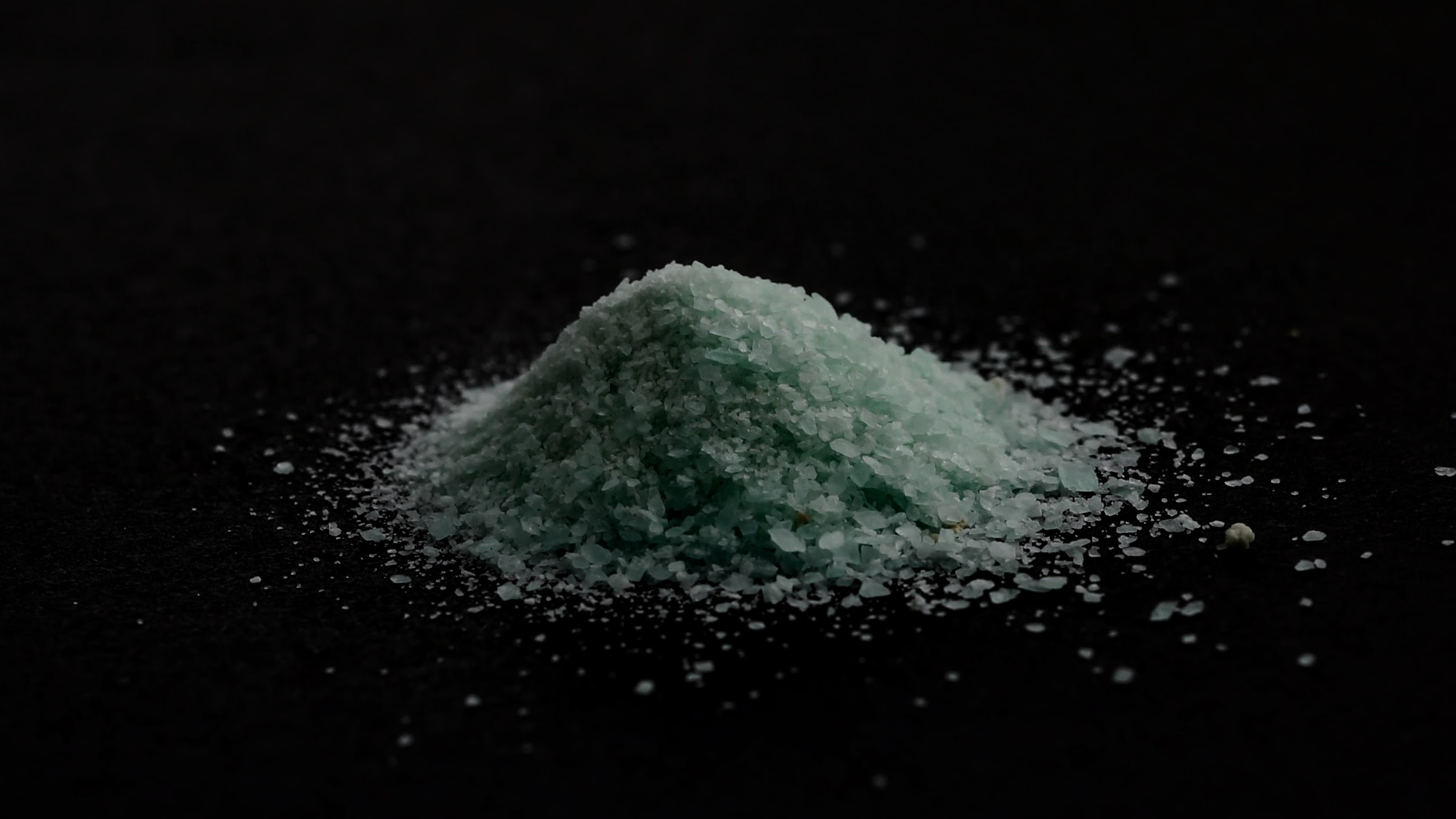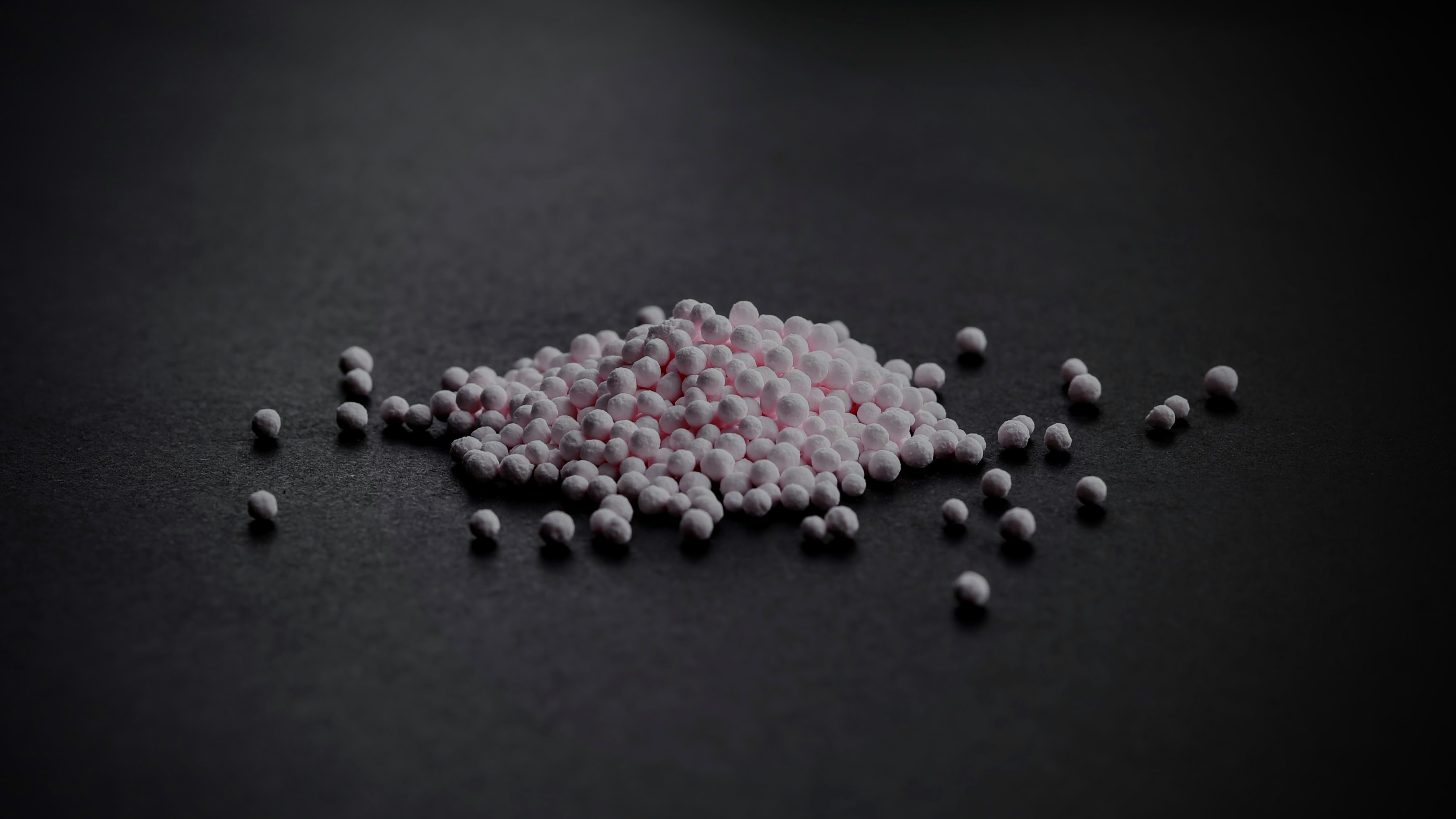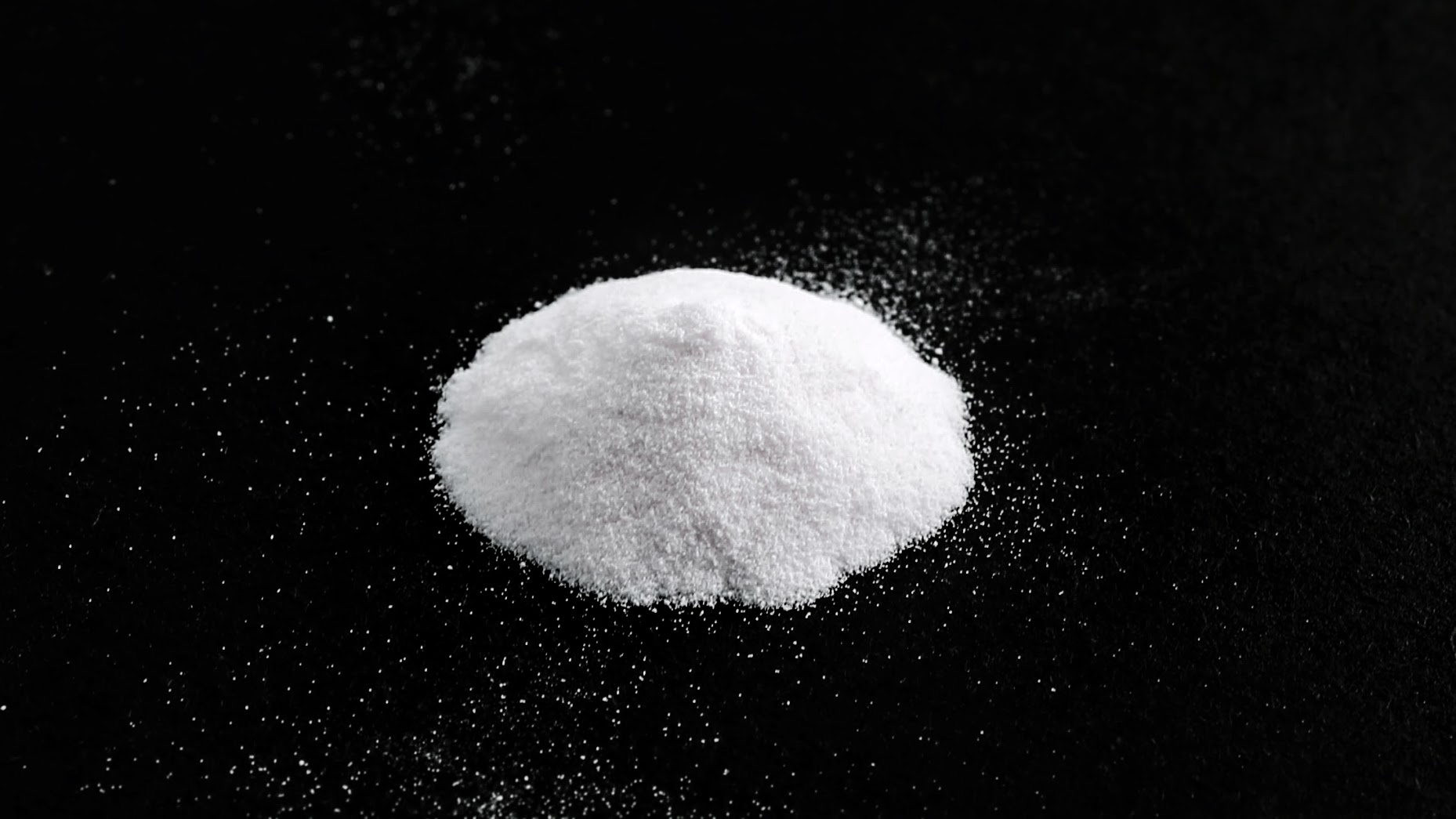Description
Ferrous(II) sulfate (British English: iron(II) sulphate) is a salt with the formula FeSO4. It is used medically to treat iron deficiency, and also for industrial applications. Known since ancient times as copperas and as green vitriol, the blue-green heptahydrate is the most common form of this material. All iron sulfates dissolve in water to give the same aquo complex [Fe(H2O)6]2+, which has octahedral molecular geometry and is paramagnetic.
IUPAC name
Iron(II) Sulfate
Other names
Ferrous Sulfate, Green vitriol, Iron vitriol, Copperas, Melanterite, Szomolnokite
Chemical Formula
FeSO4·H2O
APPLICATION
Nutritional supplement
Together with other iron compounds, ferrous sulfate is used to fortify foods and to treatiron-deficiency anemia. Constipation is a frequent and uncomfortable side effect associated with the administration of oral iron supplements. Stool softeners often are prescribed to prevent constipation.
Cement Industry
Industrially, ferrous sulfate is mainly used as a precursor to other iron compounds. It is a reducing agent, mostly for the reduction of chromate(Cr3+) in cement. The main advantages of iron sulphate in cement application are its easy availability and relatively low cost. Chromium is an unavoidable trace element of raw materials used in the producing of ordinary Portland cement. Today there is an even greater need to reduce the contribution to chromium levels in the clinker, which are skin irritating and toxic! To protect people and the environment, chromate has first to be rendered harmless through reduction. The addition of ferrous sulfate based agents is curently the most widely used available technology. To reduce the amount of soluble chromium in cement, chromium is changed to form an insoluble salt which does not irritate the skin. For this, the most common solution is by adding ferrous sulphate to cement. When water is added to the dry cement, a redox reaction between the bivalent iron (Fe2+) and the hexavalent chromium (Cr6+) will result in trivalent iron (Fe3+) and trivalent chromium (Cr3+). Trivalent chromium salts are almost not water soluble, herewith avoiding contact dermatitis.
Other uses
In horticulture Ferrous (II) Sulfate is used for treating iron chlorosis. Although not as rapid-acting as iron chelate, its effects are longer-lasting. It can be mixed with compost and dug into to the soil to create a store which can last for years. It is also used as a lawn conditioner, and moss killer. In the second half of the 1850s ferrous sulfate was used as a photographic developer for collodion process images. Ferrous sulfate is sometimes added to the cooling water flowing through the brass tubes of turbine condensers to form a corrosion-resistant protective coating. It is used in gold refining to precipitate metallic gold from auric chloride solutions (gold dissolved in solution with aqua regia). It has been used in the purification of water by flocculation and for phosphate removal in municipal and industrial sewagetreatment plants to prevent eutrophication of surface water bodies. It is used as a traditional method of treating wood panelling on houses, either alone, dissolved in water, or as a component of water-based paint. Green vitriol is also a useful reagent in the identification of mushrooms.

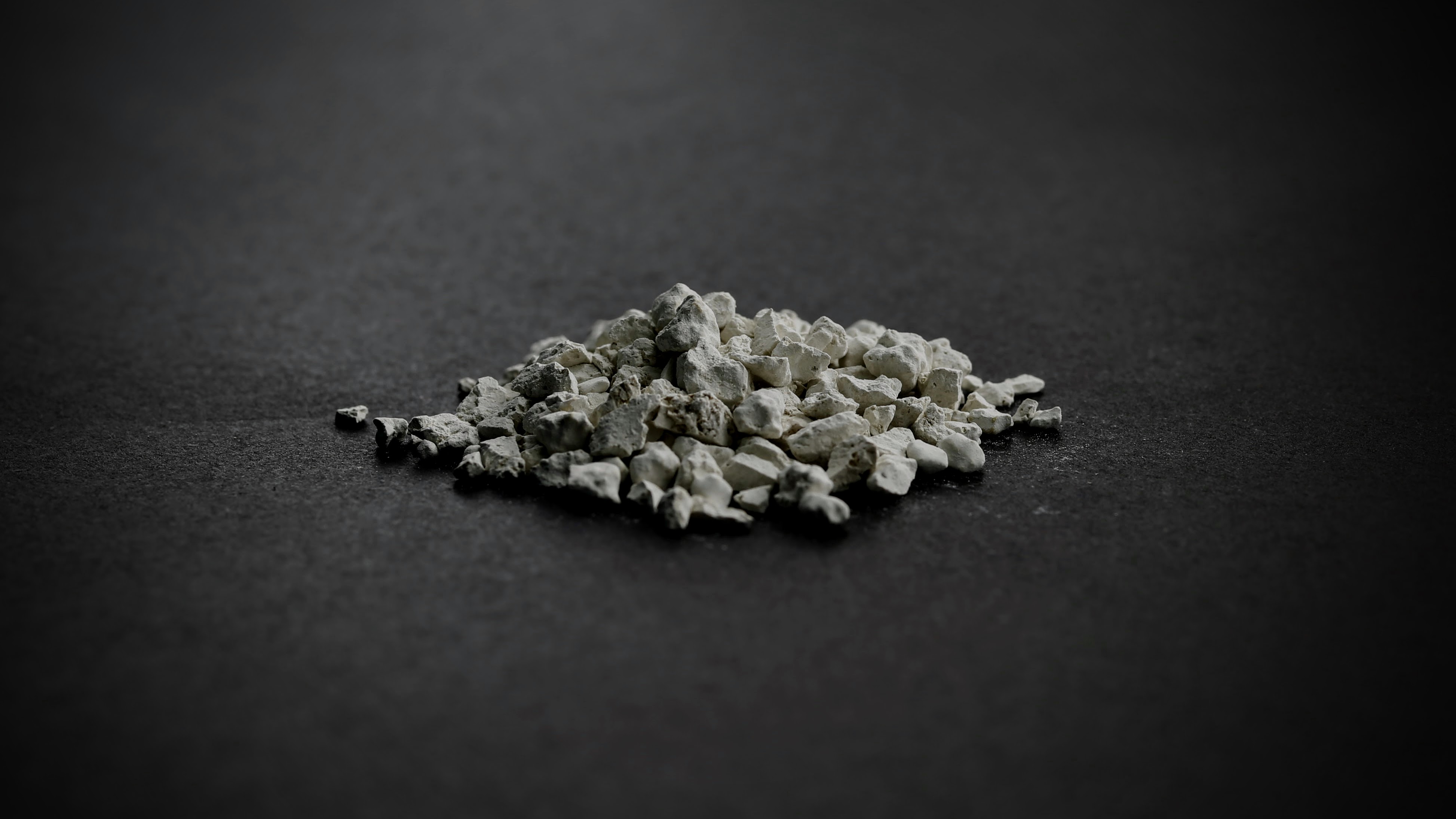
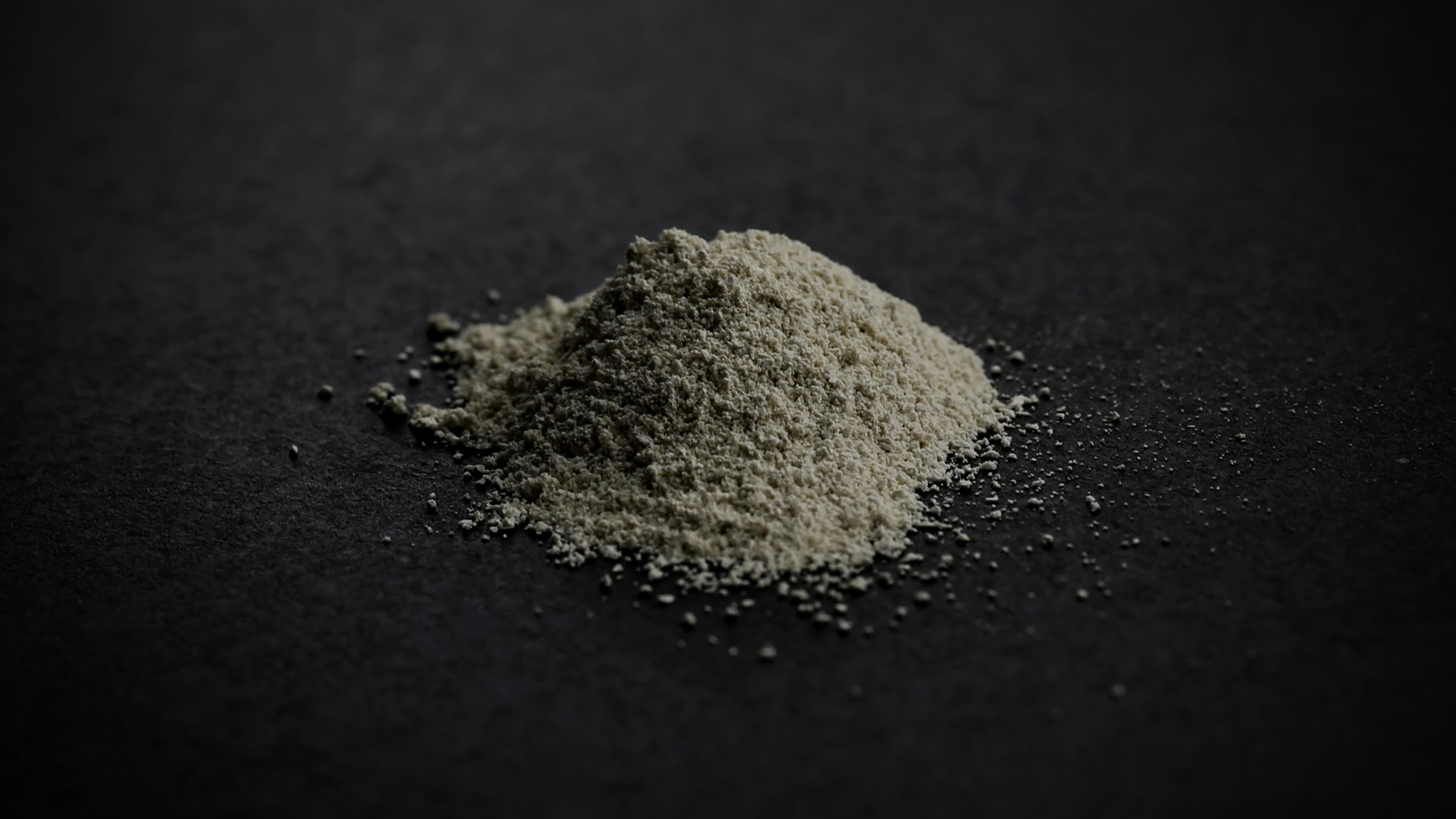 ferrous sulfate monohydrate powder[/caption][caption id="attachment_263" align="alignnone" width="4258"]
ferrous sulfate monohydrate powder[/caption][caption id="attachment_263" align="alignnone" width="4258"]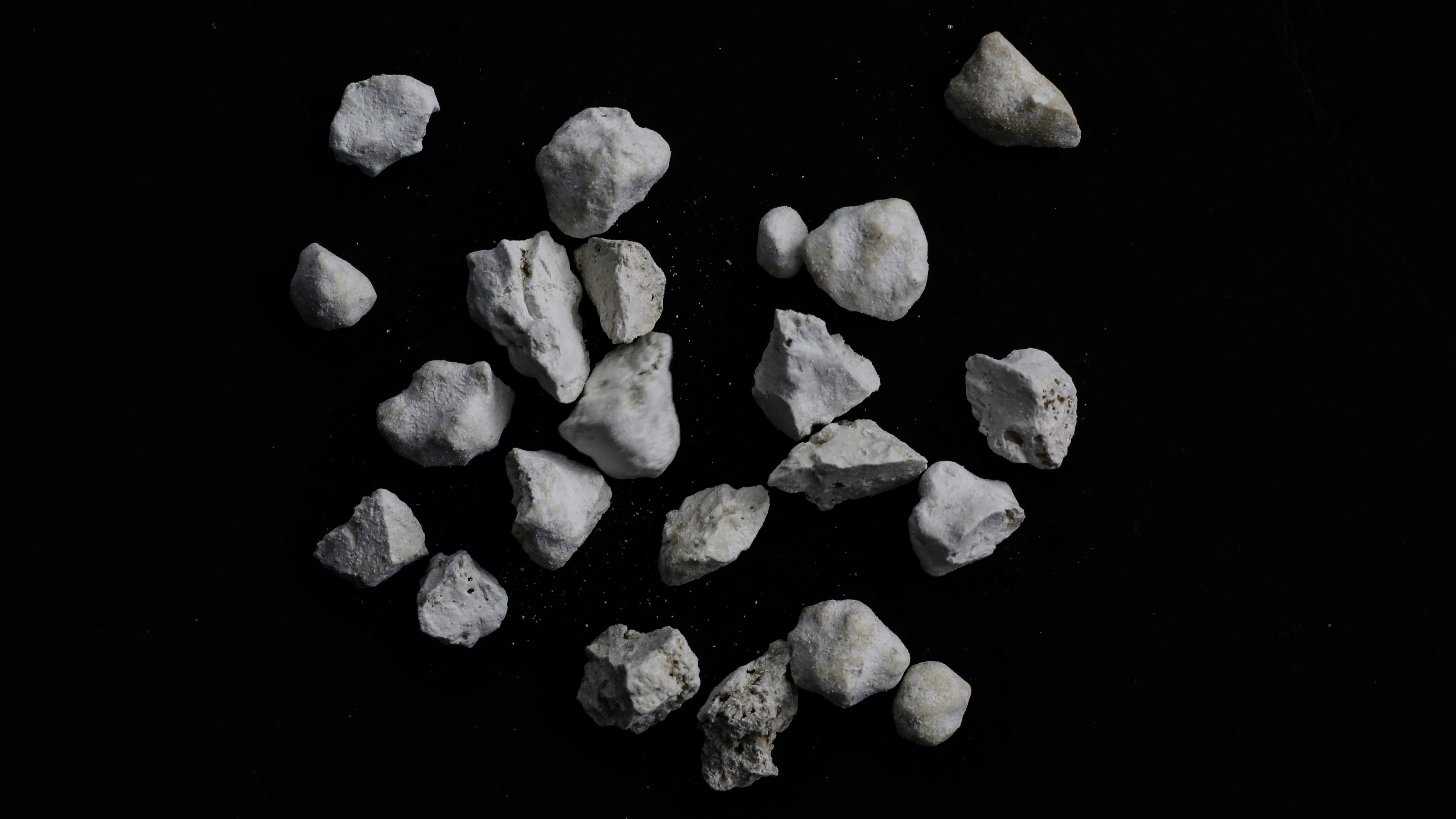 ferrous-sulfate-monohydrate-granular[/caption]
ferrous-sulfate-monohydrate-granular[/caption]